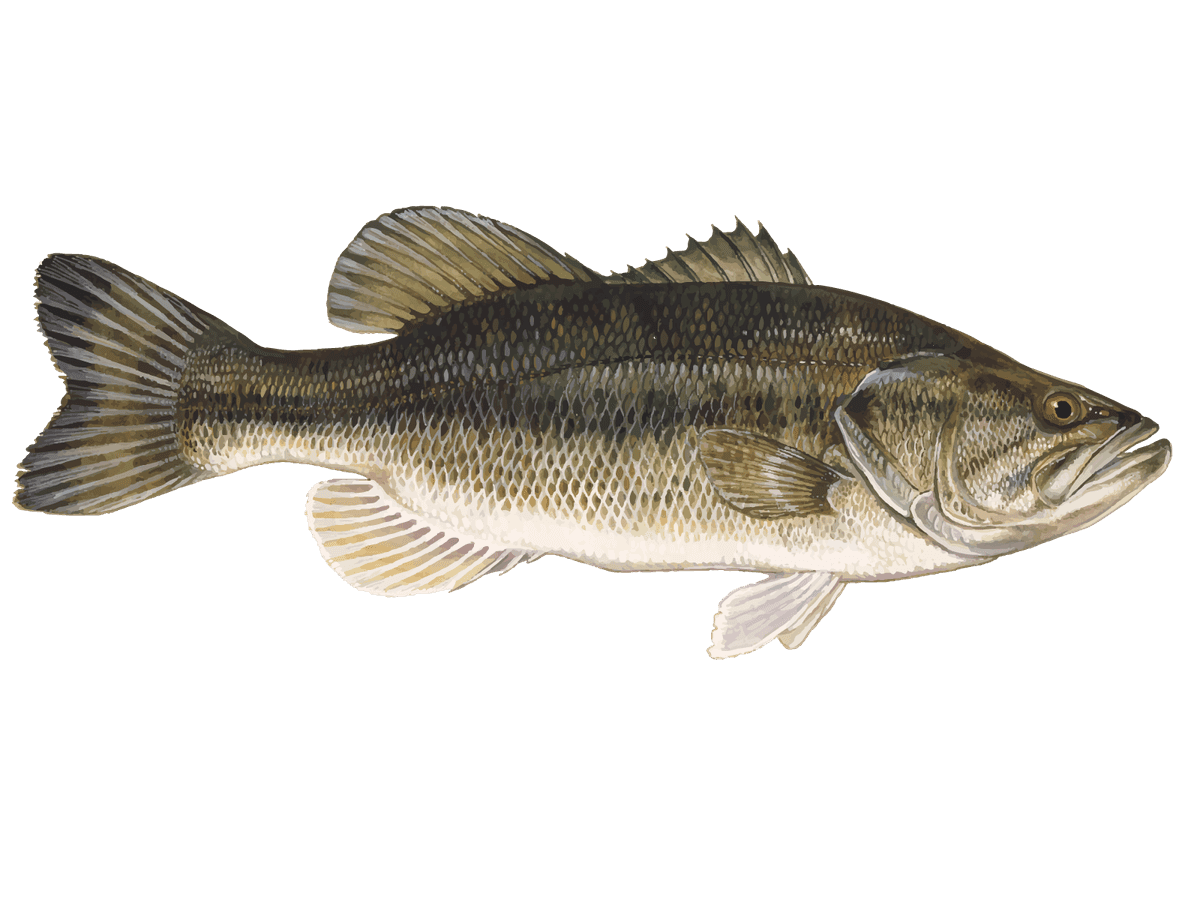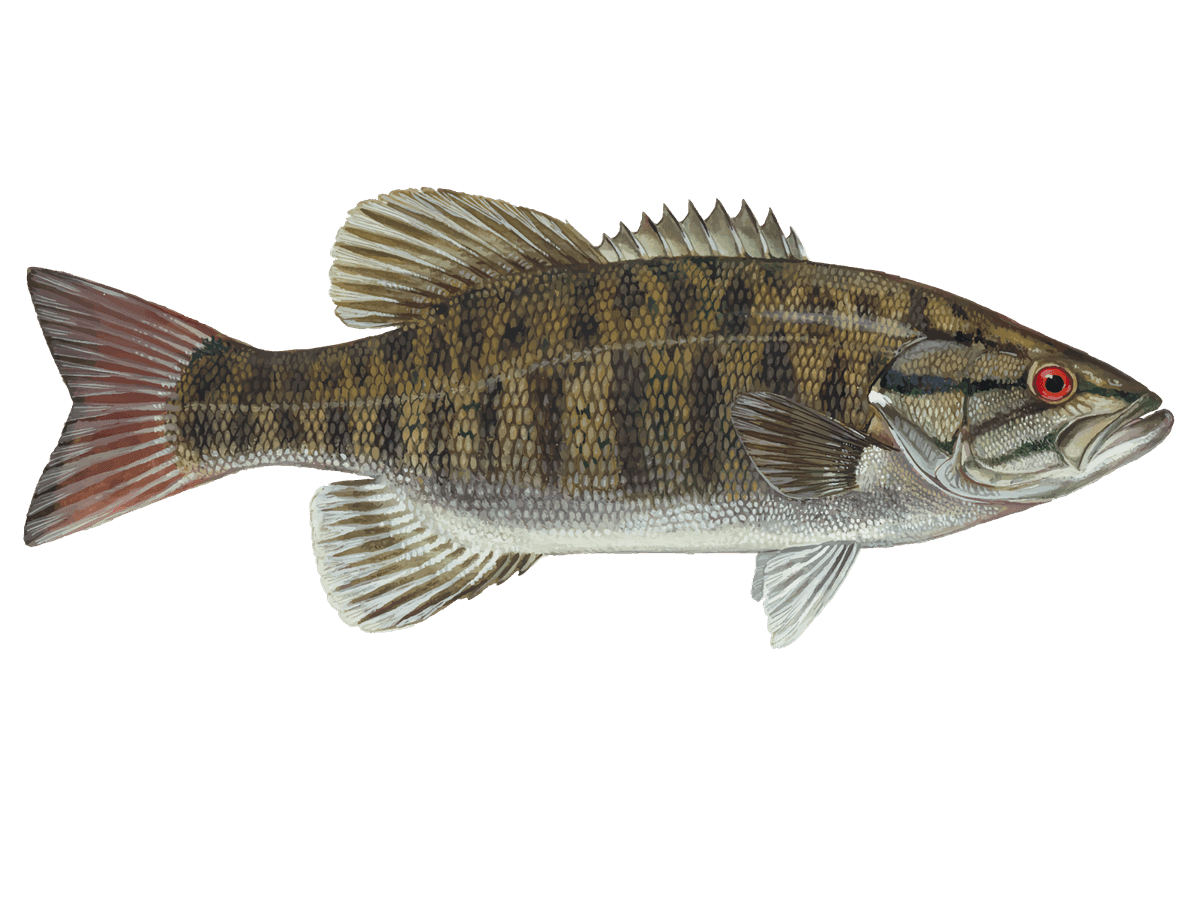Best Bass Fishing on Table Rock Lake, Branson
- Published Date: July 17, 2025
- Fishing
- Branson
- $250 - $500 price range
Summary
%2F%2Fusers%2Fb4873560-9ff7-4fc9-9fb3-9c6d0eeff93e%2Fratecard%2Fimg_0901.jpeg&w=1200&q=75)
Rods, Reels, and Scenery
Bass Bonanza: 6-Hour Afternoon Trip on Table Rock
Get ready to hit the sweet spots on Table Rock Lake with Breaking Bass Guide Service. We're talking a full 6 hours of prime afternoon fishing action, targeting some of the Ozarks' most sought-after gamefish. This ain't your average boat ride – it's a chance to tangle with largemouth, smallmouth, and spotted bass, plus walleye and crappie if they're biting. Our local pros know every nook and cranny of this 43,000-acre fishing paradise, and they're itching to put you on the fish.
What to Expect on the Water
As soon as you step aboard our fully-rigged fishing machine, you'll know you're in for a treat. We'll cruise out to some of Table Rock's hottest fishing zones, whether that's working the rocky shorelines for smallies or hitting offshore structure for schools of spots. Your guide's got a tackle box full of tricks – from finesse presentations with soft plastics to ripping crankbaits over submerged timber. And don't worry if you're new to the game; we'll make sure you're comfortable with the gear and techniques before we start slinging lures.
Techniques That Land Lunkers
Table Rock's a year-round fishery, but our afternoon trips are something special. As the day warms up, those bass start to get active, and that's when the real fun begins. We might start off drop-shotting deeper points for suspended fish, then switch to pitching jigs around boat docks as the shadows lengthen. If the topwater bite's on, hold onto your hat – there's nothing like watching a big ol' largemouth explode on a buzzbait. For the walleye and crappie, we'll likely slow things down with some finesse tactics, maybe even break out the live bait if that's what they're craving.
Why Anglers Keep Coming Back
"Spencer did a great job and put us on the fish in some tough and lingering winter conditions. He has considerable tournament experience with extensive knowledge of the lake and a wide array of fishing techniques for smallmouth, spotted and largemouth bass. I would definitely recommend him." - Terry
Species You'll Want to Hook
Largemouth Bass: The king of the lake, these green machines can push 10 pounds in Table Rock. They love to hang around shallow cover like laydowns and boat docks. In the afternoon, you might find them smashing shad on the surface or tucked into the shade of overhanging trees. There's a reason they call 'em bucketmouths – when a big one hits, it's like someone flushed a toilet under your lure.
Smallmouth Bass: Pound for pound, these bronze bruisers fight harder than any fish in the lake. Table Rock's known for quality smallies in the 3-5 pound range, with some real trophies lurking around rocky points and bluffs. They're suckers for a well-presented jig or swimbait, and when they go airborne, you better hold on tight.
Spotted Bass: Often overlooked but never underappreciated, spots are the lake's overachievers. They school up in big numbers around offshore structure, making for some fast and furious action when you find 'em. These scrappy fighters punch above their weight class and are a blast on light tackle.
Walleye: Table Rock's "other" predator, walleye provide a nice change of pace from bass fishing. They're most active in low light conditions, so our afternoon trips can be prime time to target these tasty critters. We'll often find them along deeper channel edges or suspended over points, ready to inhale a nightcrawler harness or deep-diving crankbait.
Crappie: Don't let their size fool you – these panfish are prized for both their fight and their flavor. Table Rock's crappie tend to hang around brush piles and submerged timber. When we find a good school, it's not uncommon to put dozens in the boat. They're perfect for introducing kids or newbies to the joys of fishing.
Time to Book Your Spot
Listen, Table Rock Lake is calling your name, and Breaking Bass Guide Service is ready to answer. We're talking 6 hours of non-stop fishing action, world-class scenery, and the kind of memories that'll have you coming back year after year. Whether you're a seasoned angler looking to tangle with some trophy bass or a first-timer hoping to feel that addictive tug on the line, we've got you covered. Our afternoon trips are timed perfectly to hit that sweet spot when the fish are most active and the lake is at its most beautiful. So what are you waiting for? Grab your hat, slap on some sunscreen, and let's go show those Table Rock bass who's boss. Book your trip now – the fish are waiting, and the bite is hot!
Customer Review
Fishing Pro Spencer

Terry Spencer
March 4, 2025
Learn more about the species
Crappie
Crappie are fun, tasty panfish that usually run 8-12 inches and under a pound. You'll find them suspended around brush piles and fallen trees in 10-15 feet of water. Spring is prime time when they move shallow to spawn. Crappie are most active at dawn and dusk. Anglers love targeting them for their delicious white fillets and the fact that they often bite in numbers. Light tackle and small jigs or minnows under a bobber work great. Here's a local trick: use your electronics to find a big school, then drop a jig straight down and slowly lift it up. The crappie will often hit it on the fall. In spring, try casting small jigs around shallow brush - you might fill a stringer in no time. There's no size limit, but stick to keeping 30 or less per day to help the population.

Largemouth Bass
Largemouth bass are the heavyweights of the bass world, typically 2-5 pounds but can reach over 10. You'll find them lurking around submerged logs, weed beds, and dock pilings in 5-15 feet of water. They're most active in spring and fall when the water's in the 60s. Largemouth put up a great fight, often leaping out of the water when hooked. Anglers love targeting them for their size and the challenge. These fish have huge mouths - they'll hit just about any lure, but plastic worms are a local favorite. For a fun topwater bite, try walking a Zara Spook across the surface at dawn or dusk. Keep your line tight and be ready for explosive strikes. Largemouth are good eating too, with firm white meat. Just make sure to release the big ones to keep the population healthy.

Smallmouth Bass
Smallmouth bass are hard-fighting fish, usually 1-3 pounds but can reach 5+. You'll find them around rocky shorelines and gravel bars in 5-20 feet of water. They prefer cooler, clearer areas than largemouth. Spring and fall are prime, especially when water temps are in the 60s. Smallies are known for their aggressive strikes and acrobatic fights - they'll often leap several times when hooked. Anglers love targeting them for the challenge and the scenery of the areas they inhabit. Try crawfish-imitating jigs or small swimbaits. Here's a local secret: when the water's clear, throw small topwater poppers near rocky banks early in the morning. The strikes are explosive! Smallmouth are good eating too, but most anglers practice catch and release to preserve the fishery.

Spotted Bass
Spotted bass are the scrappy cousins of largemouth, usually 1-3 pounds. Look for them around rocky points and gravel bars in 10-20 feet of water. They like clearer, cooler water than largemouth. Spots are most active in late spring and early fall. These fish fight hard for their size, often diving deep when hooked. Anglers enjoy targeting them for their aggressive strikes and acrobatic jumps. Spotted bass school up more than other bass, so when you catch one, there are usually more nearby. Small crankbaits and jigs work well. Try bouncing a chartreuse jig along the bottom - spots can't resist it. These fish taste great too, with sweet, flaky meat. The limit's 6 per day, so you can keep a few for dinner.

Walleye
Walleye are tasty predators, usually 15-20 inches and 1-3 pounds. They hang out near drop-offs and underwater points in 15-30 feet of water. Spring and fall are peak seasons when they move shallower. Walleye feed most actively at night, especially around full moons. Anglers prize them for their excellent table fare - mild, flaky fillets that are hard to beat. These fish can be finicky, so it's satisfying when you figure them out. Try trolling crankbaits along the edge of a drop-off, or jigging minnows near the bottom. Here's a tip: use glow-in-the-dark lures at night. Walleye have great low-light vision and will zero in on that glow. The limit's 4 per day over 18 inches, so you can keep a few for a fish fry.

About the Nitro (Bass boat)
%2F%2Fusers%2Fb4873560-9ff7-4fc9-9fb3-9c6d0eeff93e%2Fvehicle_picture%2Fboat.jpg&w=1200&q=75)
Vehicle Guest Capacity: 4
Manufacturer Name: Mercury
Maximum Cruising Speed: 15
Number of Engines: 1
Horsepower per Engine: 225
%2Ffit-in%2F250x250%2Fguide_websites%2F11533%2Fimages%2Fbreakingbassguideservice.png&w=1200&q=100)


%2Fusers%2Fb4873560-9ff7-4fc9-9fb3-9c6d0eeff93e%2Fimages%2Ftrophy-guadalupe-bass-missouri-3630.jpeg&w=768&q=75)
%2Fusers%2Fb4873560-9ff7-4fc9-9fb3-9c6d0eeff93e%2Fimages%2Fbest-great-branson-fishing-2376.jpeg&w=768&q=75)
%2Fusers%2Fb4873560-9ff7-4fc9-9fb3-9c6d0eeff93e%2Fimages%2Fmissouri-bass-fishing-haul-3646.jpeg&w=768&q=75)
%2Fusers%2Fb4873560-9ff7-4fc9-9fb3-9c6d0eeff93e%2Fimages%2Fangler-trophy-rainbow-trout-branson-3522.jpeg&w=768&q=75)
%2Fusers%2Fb4873560-9ff7-4fc9-9fb3-9c6d0eeff93e%2Fimages%2Flargemouth-bass-fishing-mo-3655.jpeg&w=768&q=75)
%2Fusers%2Fb4873560-9ff7-4fc9-9fb3-9c6d0eeff93e%2Fimages%2Fangler-big-fish-branson-3509.jpeg&w=768&q=75)
%2Fusers%2Fb4873560-9ff7-4fc9-9fb3-9c6d0eeff93e%2Fimages%2Fmassive-spotted-bass-missouri-3659.jpeg&w=768&q=75)
%2Fusers%2Fb4873560-9ff7-4fc9-9fb3-9c6d0eeff93e%2Fimages%2Ffishing-fun-branson-3181.jpeg&w=768&q=75)
%2Fusers%2Fb4873560-9ff7-4fc9-9fb3-9c6d0eeff93e%2Fimages%2Flargemouth-bass-branson-fishing-3134.jpeg&w=768&q=75)
%2Fusers%2Fb4873560-9ff7-4fc9-9fb3-9c6d0eeff93e%2Fimages%2Ftwo-anglers-big-fishing-catch-3704.jpeg&w=768&q=75)

Spencer did a great job and put us on the fish in some tough and lingering winter conditions. He has considerable tournament experience with extensive knowledge of the lake and a wide array of fishing techniques for smallmouth, spotted and largemouth bass. I would definitely recommend him.